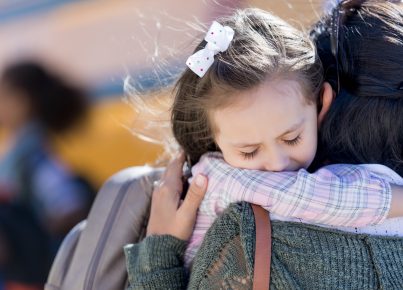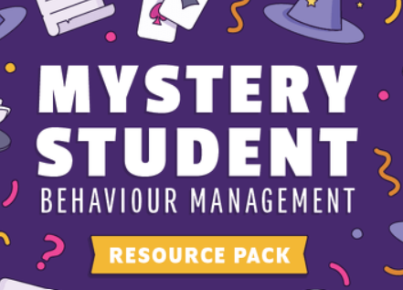Introduction:
In today’s diverse educational environment, fostering positive and appropriate behavior is a crucial element for both individual success and a cohesive school community. At our school, we believe that teaching appropriate behavior not only enhances academic achievements but also contributes to the overall development of our students. In this article, we will discuss how our school strategically and effectively instills appropriate behavior through various techniques and approaches.
Positive Reinforcement:
A key approach utilized in our school to teach appropriate behavior is in encouraging students through positive reinforcement. Teachers acknowledge and praise good behavior when observed in students, motivating them to repeat such actions. This can include verbal appreciation, reward systems, or even small tokens of recognition such as stickers or certificates.
Clear Expectations and Communication:
To ensure that every student understands their behavioral expectations, our school establishes clear guidelines from the beginning. A shared understanding of acceptable conduct is communicated through assemblies, classroom orientations, written materials, and regular communication with parents. This enables students to be aware of the expected behaviors and the consequences associated with not following the guidelines.
Role Modeling:
Teachers play an essential role in demonstrating proper behavior through their own actions. Our faculty members are trained to act as role models for students by showcasing respect for others, honesty, punctuality, and responsibility in day-to-day interactions. This not only cultivates a positive atmosphere but also helps students internalize these values.
Peer Interaction and Group Work:
Facilitating peer interaction and collaborative group work further supports the learning of proper behavior among students. By working together on projects or engaging in cooperative learning activities, students develop communication skills, active listening skills, conflict resolution techniques, and empathy for one another.
Social-Emotional Learning Curriculum:
Our school incorporates a social-emotional learning (SEL) curriculum that focuses on developing emotional intelligence and building essential life skills such as self-awareness, self-management, social awareness, relationship skills, and responsible decision-making. Through this curriculum, students learn to understand and manage their emotions, develop compassion, establish positive relationships, and exercise sound judgment in various situations.
Involvement of Parents and Guardians:
We believe in the importance of involving parents and guardians in the process of teaching suitable behavior. Regular meetings, workshops, and communication channels are set up to keep families informed about their child’s progress and any behavioral concerns that may arise. This collaborative approach enables families to support their children’s development both at home and at school.
Conclusion:
Our school has adopted a comprehensive approach to teaching appropriate behavior by blending traditional techniques such as positive reinforcement with modern practices like social-emotional learning. With continued cooperation among educators, students, and parents, we strive to create an environment that fosters not only academic achievement but also personal growth and ethical conduct in every individual.





